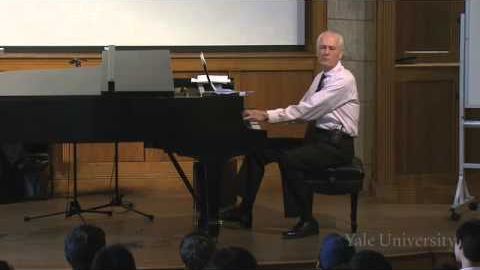
字幕與單字
講座7.和聲。和絃和如何建立和絃 (Lecture 7. Harmony: Chords and How to Build Them)
00
songwen8778 發佈於 2021 年 01 月 14 日收藏
影片單字
bit
US /bɪt/
・
UK /bɪt/
- n.(馬)嚼口;馬勒;一小片 ; 少量 ; 一點;位元;鑽頭;小錢;一段經歷
- v.i.咬住(誘餌)
- adv.有點
- v.t.咬 (過去式)
- idiom一點也不;盡一份力
A1 初級
更多 使用能量
解鎖所有單字
解鎖發音、解釋及篩選功能
